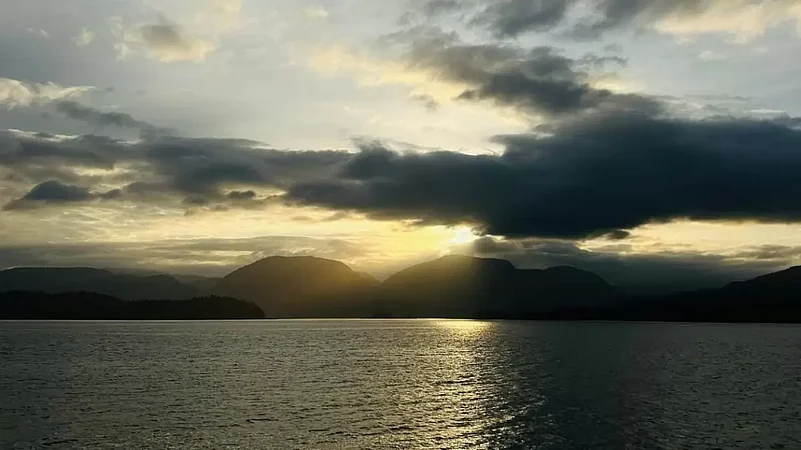According to the National Hurricane Center, Tropical Storm Lee was nearing hurricane strength early Wednesday, and they anticipated it would undergo rapid intensification, becoming an extremely dangerous hurricane by the weekend.
While it is too early for forecasters to determine the exact path of Lee in the United States, they advised the Leeward Islands, located at the convergence of the Caribbean and Atlantic, to remain vigilant. The center noted that Lee could potentially impact the Leeward Islands this weekend
How are Hurricanes named
The names assigned to hurricanes are essentially predetermined. The World Meteorological Organization maintains six alphabetical lists of names for Atlantic hurricanes, and these lists are cycled through every six years. Consequently, the list for 2023, beginning with Arlene and concluding with Whitney, will be recycled for use in 2029.
When a developing cyclone reaches the status of a tropical storm, which entails having sustained winds of at least 39 mph, it is allocated a name. As soon as the maximum sustained winds attain a velocity of 74 mph, the tropical storm is upgraded to a hurricane.
Storm names were once selected with less predictability, rather than being allocated in a predetermined fashion. As an illustration, the World Meteorological Organization (WMO) noted that a storm, which severely affected a boat named Antje and caused damage to its mast, was referred to as "Antje's hurricane." Throughout centuries, it was a common practice to associate storm names with the saint days. Additionally, there were instances where storms were identified by the location they struck, as seen in the case of the Great Galveston Hurricane of 1900.
Why do hurricane names get retired?
The naming of hurricanes may undergo revisions in cases of exceptionally devastating storms.
The choice to retire a name is made during committee meetings, as per the guidelines of the National Hurricane Center. This step is taken to uphold appropriateness and show sensitivity after a highly destructive storm, resulting in the replacement of the name in question.
Nevertheless, there have been instances where names were retired without these considerations. For instance, in 1966, the name Fern was inexplicably altered to Frieda, as reported by the center.
In some instances, multiple names in a given year might be retired, especially during exceptionally severe hurricane seasons.
















